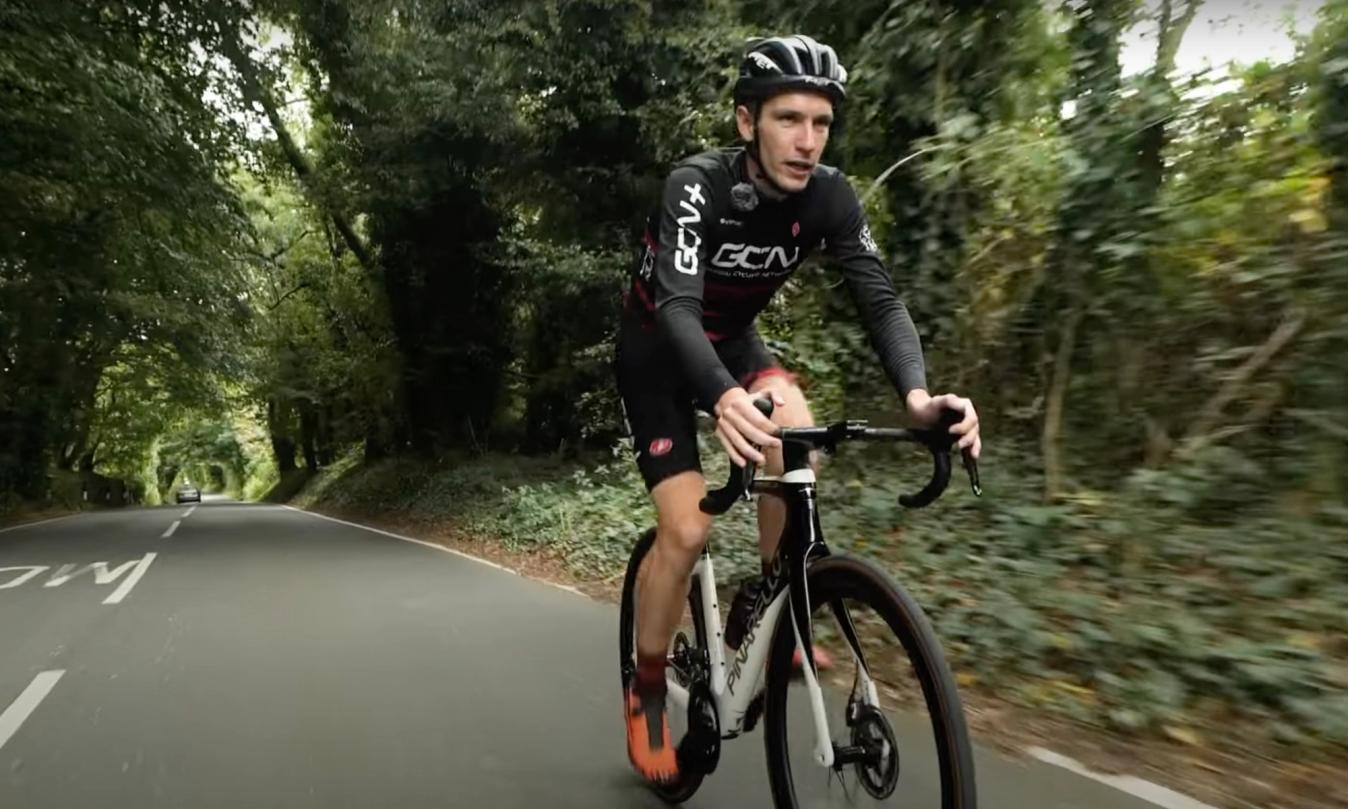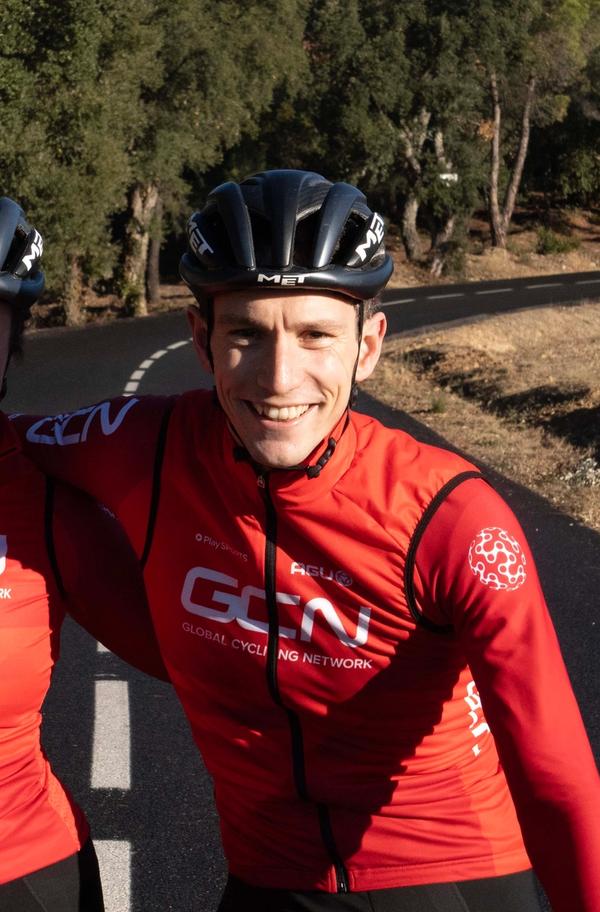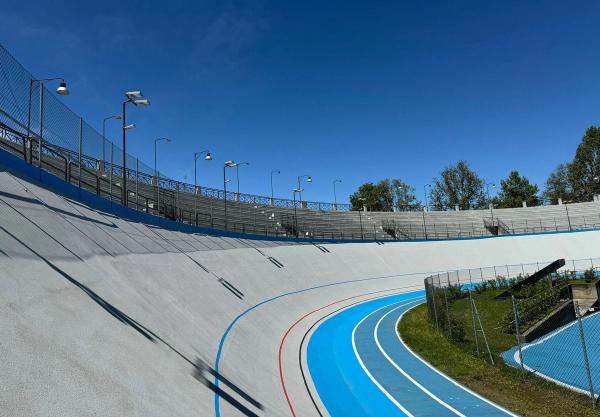The missing piece: Do we all need a bit more Zone 4?
Zone two training has become a popular trend in cycling with benefits to back it up, but are we all missing something that could transform our riding?
Alex Hunt
Junior Tech Writer
As cyclists we all like to see our fitness and ability on the bike improve. One of the best ways to increase your endurance is by riding at a fairly low intensity known as zone two. This has the benefit of developing your cycling efficiency; your ability to ride hard without straying into anaerobic fitness. It's also great for your cardiovascular health.
It is also no surprise that any training that comes relatively pain-free and with a good return on investment will be appealing to us riders. The issue is, that just training in this zone will get you very fit for endurance rides but will leave you with a lot to be desired when the intensity goes up. For that, looking to the higher training zones and one, in particular, could be the hidden gem to stepping up your game.
What is Zone 4?
It is easy to get confused by this term as there are so many models and names for training zones all meaning different things to different people. The training zone we are referring to as zone four can also be referred to as threshold, or around 95-110% of your FTP (functional threshold power) or around 90% of your maximum heart rate.
- Read more: How to make your own training plan
Zone four is not a comfortable place to ride as you are operating around your maximum ability for sustained power, however, sessions that train this can bring your riding on in leaps and bounds and, in a masochistic way, can actually be really fun.
What does Zone 4 training do?
There is one thing that zone four training cannot do, and that is to train your body to clear lactate from your muscles more efficiently. This is something that is developed through long, easy rides that you will be familiar with if you are a fan of zone two training.

© GCN
adding some zone 4 intensity to your training will develop your riding for more intense efforts than just steady state zone 2 rides
Training in zone four will help increase the functionality of fast twitch muscle fibres making them more efficient and effective at being recruited. It also has the benefit of developing systems that can shuttle accumulated lactate away from the fast-twitch muscle fibres, to the slow-twitch muscle fibres that can process this accumulation and break it back down.
Spending some of your weekly training in zone four will ensure that the fast twitch fibres that are crucial for power development are working at their best, from both a physical and a neuromuscular standpoint.
How can you train in zone 4 without a power meter or heart rate monitor?
Heart rate monitors are relatively inexpensive bits of equipment these days and will give you a physical metric to measure yourself with to allow for meaningful comparisons in your training as you improve. With that being said, you can train in zone four without the need for any equipment by using RPE (rate of perceived exertion). It is important to note that RPE for zone four training focuses on breathing and not the sensations in your legs.
In zone four you should be able to say a few words at a time but if you were to say a whole sentence you would need to take some really deep breaths to recover. Although you should be breathing deeply, you should be able to keep your breathing smooth and controlled. If you find yourself desperately training to gasp for air, knocking the pace down a little will have you back in zone four.
- Read more: How many calories do I burn from cycling?
If you do use heart rate or RPE as your metric for measuring your effort in zone four, it does take some time for the efforts to catch up. Starting from a resting state after a warm up both heart rate and RPE will take a few minutes to level out at the new intensity. Over time you will get a feel for what this zone feels like and you can just head straight to it and let everything catch up, but whilst you are finding your feet it can take a bit of trial and error to get it right.
How should I train in zone 4?
Training is unfortunately incredibly individual and circumstantial, meaning that giving any blanket advice on how much time you should spend in zone four is almost impossible. As a general rule spending around 10-15% of your weekly training volume in this zone will see benefits. The best way for any rider at any level to work out what works best for them, is to create a training log that captures information on how you felt and how you rode in the days afterwards. This will allow you to track any trends in your training that are either positively or negatively affecting your fitness.
Training at zone four intensity is taxing and will take its toll on your body, even if your training volume doesn’t increase to accommodate the new sessions, the cumulative load on your body will see a large increase. For this reason, adding zone four training slowly into your weekly rides is the most sustainable way to get started.
Some sessions that you can use to get started with zone four training could be:
- 4 x 8 minute intervals at FTP (90% max heart rate)
- 3 x 10 minute intervals at FT (90% max heart rate)
Make sure that a good warm-up is carried out before starting, and give yourself a rest that's at least half the time of each interval. The aim of these sessions is to achieve quality intervals in zone four.
For more advanced riders or those more familiar with training in zone four a great session can be:
- 2 x 20 minute intervals at just under your FTP around 95% (just under 90% max heart rate)
This can be a very demanding session and will fatigue both your body and your mind so having an easy day following this session is advised to allow for some active recovery and to dissipate some training load.
Where can I do zone 4 training?
For a lot of us, this is the hurdle we all get caught up on. Riding in zone four requires a pretty specific environment to train effectively as you want to be able to ride at a steady and controlled pace that doesn’t see you wandering off into zone two or into an anaerobic state.
An ideal setting for this would be on a long climb that is going to exceed the duration of your intervals. Unfortunately for a lot of us, having a perfect 20-minute long climb with no junctions or interruptions is the stuff of dreams and in reality not something we have on our doorstep.

© GCN
Steady climbs are always going to work best for zone 4 rides however this aren't easy to come by for a lot of us. This is where indoor training can come in handy
Riding out on the roads trying to fit in a solid and consistent block of zone four training can be very hard and incredibly mentally exhausting. Trying to remain in the narrow band can see you constantly shifting up and down the gears and even riding with your brakes on during descents to keep the power up.
- Read more: Getting started with zwift indoor training
Riding indoors with a virtual riding platform like Zwift can be a great solution to zone four training. When using a smart trainer that has an ERG mode that can hold you at a fixed power output regardless of gear and cadence, zone four training becomes simple.
Zwift has an extensive catalogue of workouts for you to select that have been designed specifically around different training zones or equally using other features such as the robo-pacers or just tackling the climbs in any of the virtual worlds will give you the perfect training environment to carry out any of the sessions listed above.
Zone four is an absolutely vital component in becoming a well-rounded rider, and spending some time at this increased intensity will train your body in a way that is not achievable by riding solely in zone two. Although it can be tough, modern indoor training technologies have made quality zone four training considerably more achievable than it has been in the past, especially for those of us who don't have a 20-minute climb within reach of the front door.
If you are looking for more advice on training, don’t forget to check out our dedicated training page here on the GCN website as well as heading over to our bespoke GCN training YouTube channel for sessions that you can follow along with.











